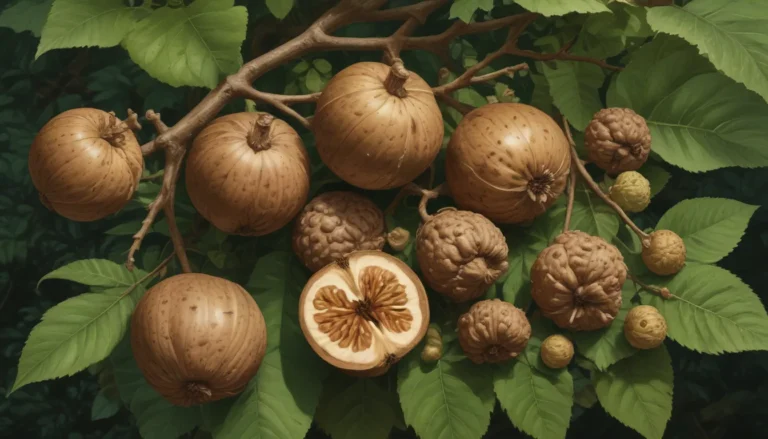How to Successfully Harvest Collard Greens

When it comes to growing collard greens in your home garden, the value of finishing strong cannot be overlooked. While gardening is not a competitive event, reaping the rewards of your hard work by harvesting collard greens at the right time is crucial.
Collard greens, known scientifically as Brassica oleracea var. acephala, are a cool-weather crop that typically takes about 80 days from sowing to producing full-size leaves, even when starting seeds indoors. Taking care of collard greens involves providing supplemental water, weeding, mulching, and fertilizing, but the real magic happens at harvest time.
To ensure that you don’t end up with bitter, tough greens after months of effort, it’s essential to pick collard greens at the right time and in a way that maximizes your harvest. In this comprehensive guide, we will cover everything from choosing the right cultivar to growing conditions, timing the harvest of baby leaves, and picking full-size greens before the plants bolt.
What You’ll Learn
- Planting for Maximum Harvest
- When Are Collards Ready to Pick?
- How to Harvest Microgreens and Baby Leaves
- Picking Full-Size Greens
Planting for Maximum Harvest
To reap the benefits of homegrown collard greens, it’s crucial to start on the right foot by planting at the proper time. Collards are biennials that thrive in cool temperatures, making them ideal for USDA Hardiness Zones 8 to 10, where they can survive outdoors all winter.
In spring, it’s essential to harvest collards before air temperatures exceed 85°F to prevent the plants from bolting and becoming inedible. Most varieties of collard greens take approximately 80 days from sowing to reach full-size leaves.
To determine when to plant, consider counting back 80 days from the time when summer weather arrives in your area. Since collards require soil temperatures of around 45°F to grow, starting seeds indoors is often necessary, especially in areas with long, hot summers.
In regions where summer weather doesn’t provide enough time for collards to mature, growing them in containers that can be moved indoors can be a great solution.
Alternatively, for a shorter growing season, consider harvesting collards only at the baby leaf stage, which usually requires about 28 days of growth. In the fall, counting back 80 days from the average first hard freeze will help determine the optimal harvest time.
It’s crucial to keep track of growing details in a gardening journal or calendar and make adjustments based on practical experience. Despite the planning involved, the nutritional and flavorful benefits of homegrown collard greens make it all worthwhile.
When Are Collards Ready to Pick?
Collard greens can be harvested at various stages of growth. Microgreens can be picked anytime after the first true leaves appear, typically within 10 to 14 days. Baby leaves can be harvested when they are two to four inches tall, ideal for adding to salads or steaming.
For traditional southern dishes or stews, full-size leaves are preferred, and the number of days to maturity listed on the seed packet is usually a good indicator of when to pick them. In cases of impending heat or frost, it’s best to pick all you can use or freeze to avoid losing the crop.
How to Harvest Microgreens and Baby Leaves
For a quick harvest, sow a thick layer of microgreens indoors, and pull them up when they are an inch or two tall. Baby leaves can be snipped at the soil line when they reach two to four inches in height.
For precise spacing and to avoid plant diseases, it’s recommended to grow baby leaf crops separately from mature plants. This approach ensures optimal harvest and minimal waste.
Picking Full-Size Greens
When it comes to picking full-size collard greens, there are a couple of methods to consider. You can choose to pick a few outer leaves at a time, leaving the plant to continue growing if the season allows. Use scissors or a sharp knife to cut the leaves about an inch from the base.
Alternatively, you can harvest the entire plant, either cutting it above the crown or pulling it up and removing the roots. The decision on which method to use depends on the remaining growing season and your preferences.
Pick, Eat, Love
Harvesting collard greens from your garden opens up a world of culinary possibilities. From salads to stews, these nutritious and versatile greens can be used in a variety of dishes. If you have any additional tips or questions about harvesting collard greens, feel free to share them in the comments below.
In conclusion, growing collard greens is a rewarding experience that can provide a bountiful harvest with proper care and attention. By following these guidelines on planting, timing, and harvesting, you can enjoy the fresh, flavorful taste of homegrown collard greens in your favorite dishes.





